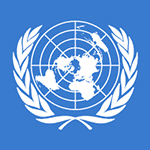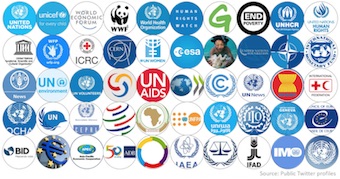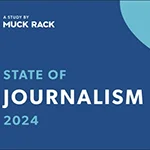 |
The United Nations and UNICEF have more social media followers than any other international organizations, according to a new study from Burson-Marsteller.
Burson’s “Twiplomacy” study, which looked at how world leaders, governments and organizations use social media, found that the UN had 16.9 million social media followers, with UNICEF close behind at 16.3 million.
Coming in at third, with 10 million followers and subscribers, is the Geneva-based World Economic Forum. But the WEF tops the list when it comes to interactions (likes and retweets) on social media platforms. WEF racked up 33.5 million interactions over the past 12 months on Facebook, Twitter and Instagram. UNICEF was in second place with 25.6 million interactions and Greenpeace was third with 11.2 million.
UN Secretary General, António Guterres was judged to be the most effective tweeter of the 74 leaders of international organizations, averaging 1,092 retweets per tweet.
 |
The study tracked the number of followers and subscribers each organization had on the six main social media channels— Facebook, Twitter, Instagram, LinkedIn, YouTube and Google+. It analyzed 171 Twitter accounts of international organizations, 113 Facebook pages, 75 Instagram accounts, 83 LinkedIn pages and 35 personal profiles, 88 YouTube channels, 82 Google+ pages, and 50 Periscope channels. The data was collected on Sept. 1.
A major takeaway from the study is the growing importance of video content on social media channels. Facebook, according to the data, is becoming the preferred audiovisual platform for international organizations. While native video posts account for just 16 percent of the 72,736 Facebook posts published by the international organizations over the past 12 months, they generated 45 percent of total interactions. Twitter is becoming a visual network as well, with only five percent of all tweets analyzed being plain text updates.
“This cross-platform study shows how international organisations continue to increase their reliance on social media platforms -- and innovate in their content and formats -- to engage better with stakeholders,” added Ramiro Prudencio, CEO of Burson-Marsteller Europe, Middle East and Africa. “The focus on Twitter for executive communications is an indication of where more and more business leaders are likely to move as well.”
The complete collection of social media studies can be found on bm.com and twiplomacy.com.


 Consumers who once demanded convenience now require consistent, multi-channel experiences that cater to them at every point. Brands must have a clear, audience-appropriate, and channel-specific voice across all platforms.
Consumers who once demanded convenience now require consistent, multi-channel experiences that cater to them at every point. Brands must have a clear, audience-appropriate, and channel-specific voice across all platforms. Employees at U.S. companies are experiencing high levels of burnout, but managers are lagging behind when it comes to their awareness of the problem
Employees at U.S. companies are experiencing high levels of burnout, but managers are lagging behind when it comes to their awareness of the problem Brand has a powerful effect on a company’s valuation, but the level of brand understanding in the investment community leaves a lot to be desired, according to a new study from Brodeur Partners, Interbrand and NewtonX.
Brand has a powerful effect on a company’s valuation, but the level of brand understanding in the investment community leaves a lot to be desired, according to a new study from Brodeur Partners, Interbrand and NewtonX. AI may still be viewed with a wary eye by most media pros, but its use is growing, according to a new study from Muck Rack.
AI may still be viewed with a wary eye by most media pros, but its use is growing, according to a new study from Muck Rack. A new study from Walker Sands says that some marketers have been putting the cart before the horse when it comes to the relationship between marketing channels and business outcomes.
A new study from Walker Sands says that some marketers have been putting the cart before the horse when it comes to the relationship between marketing channels and business outcomes.


 Have a comment? Send it to
Have a comment? Send it to 
No comments have been submitted for this story yet.